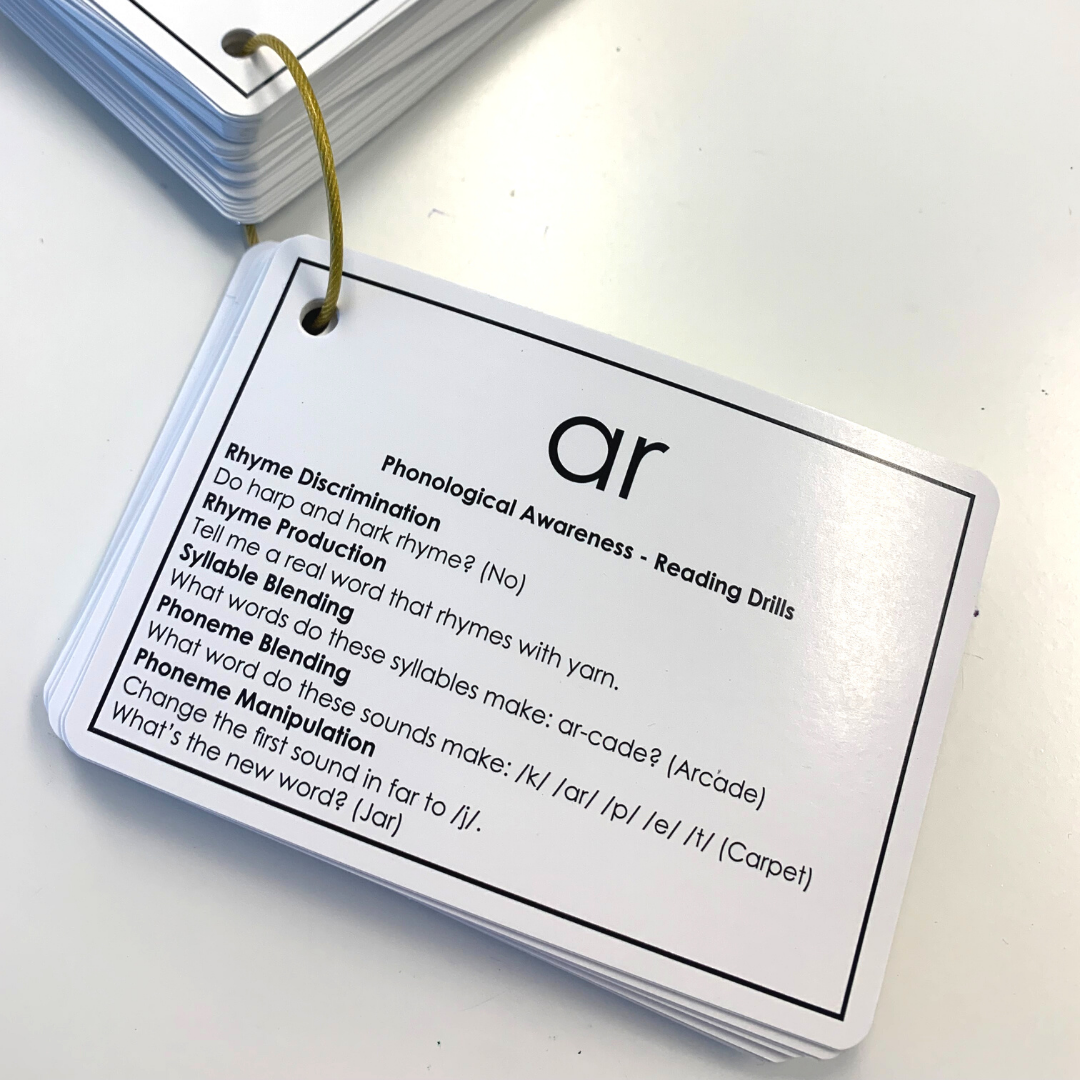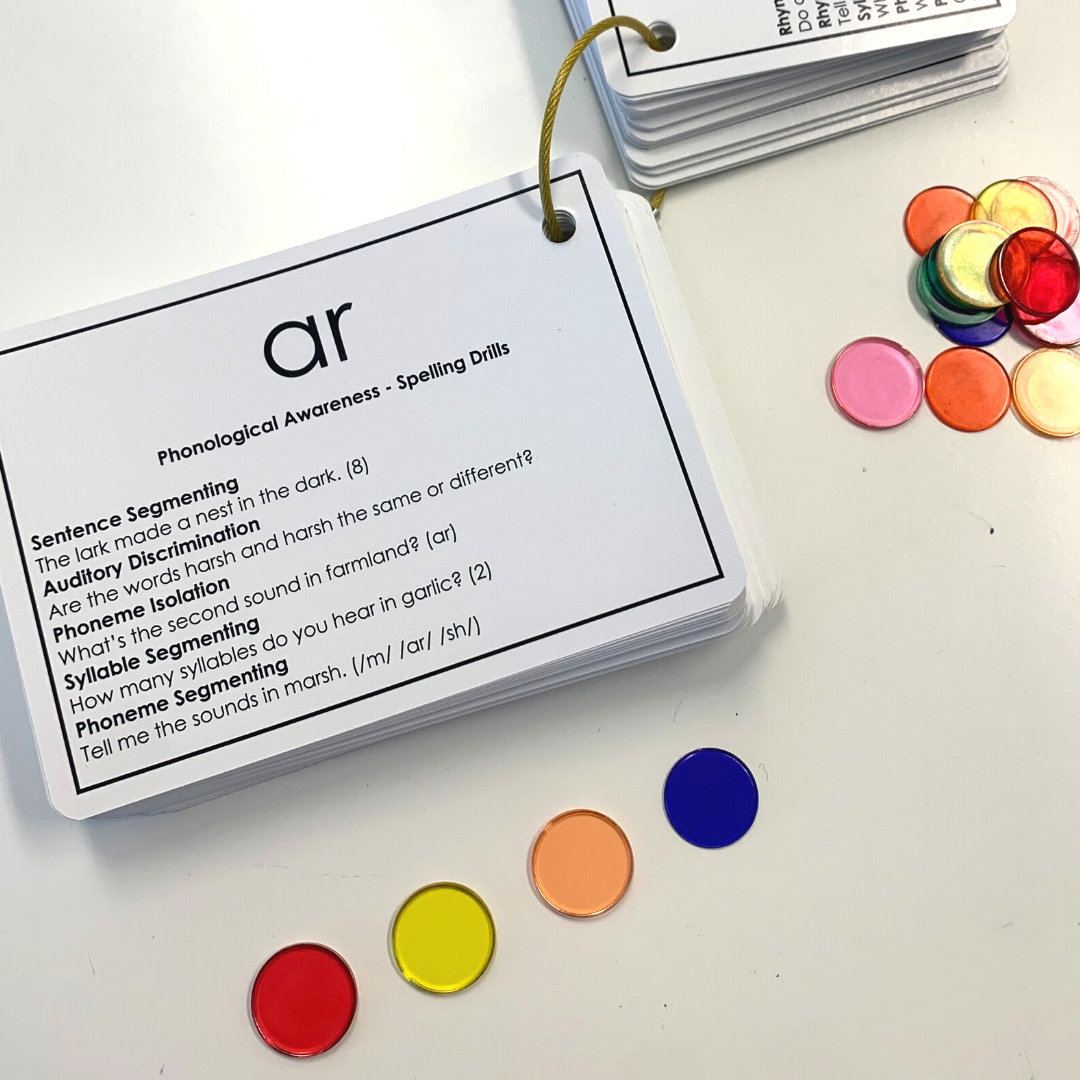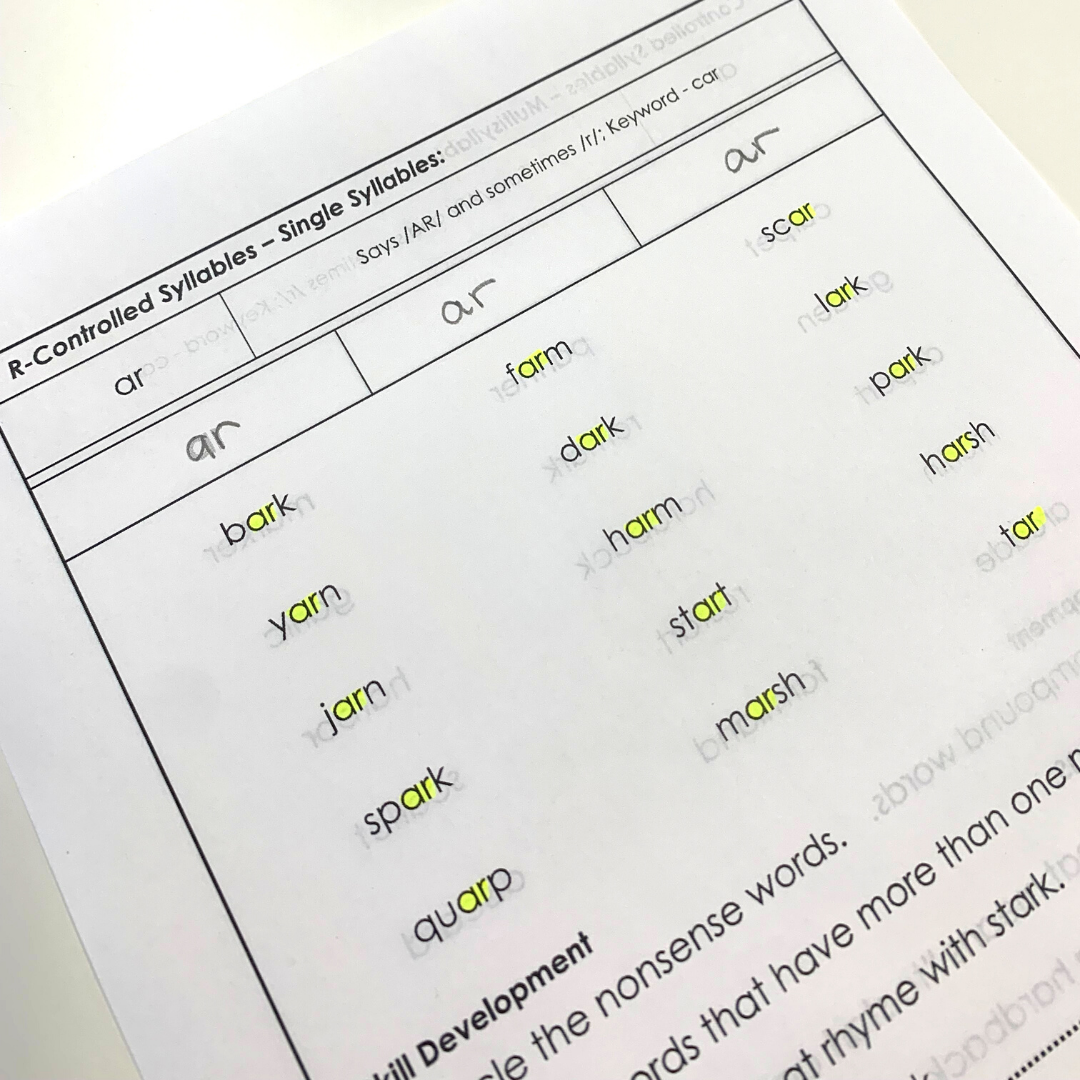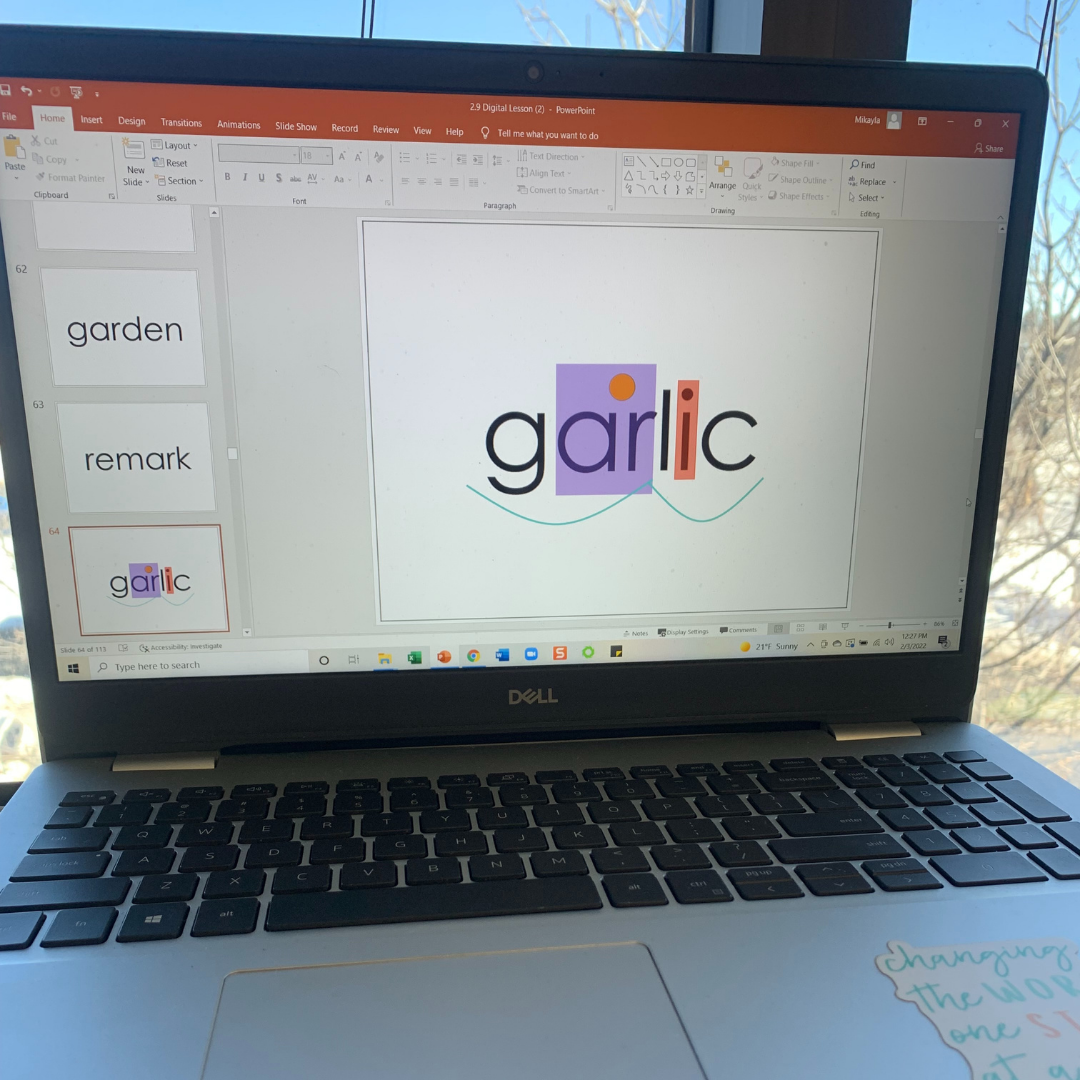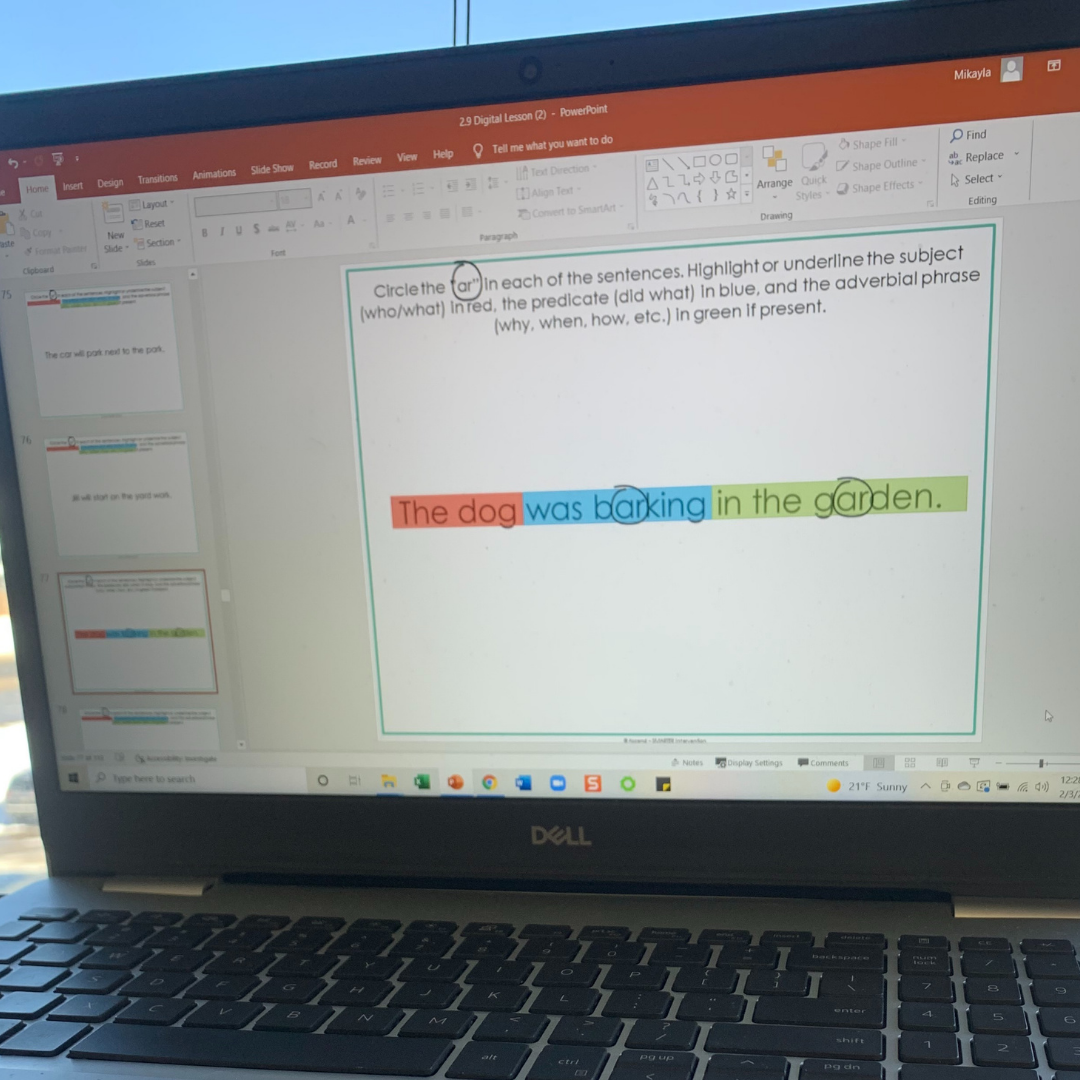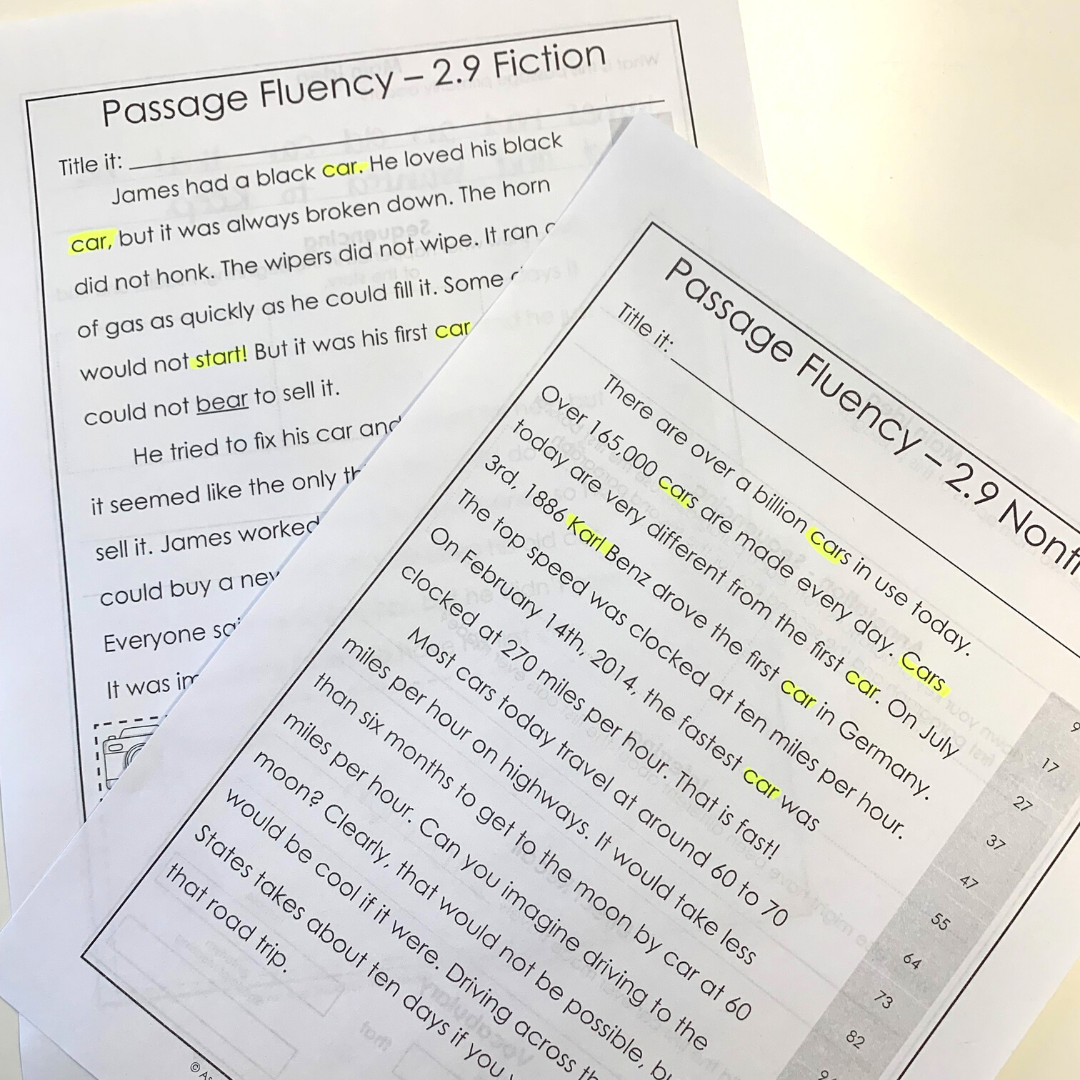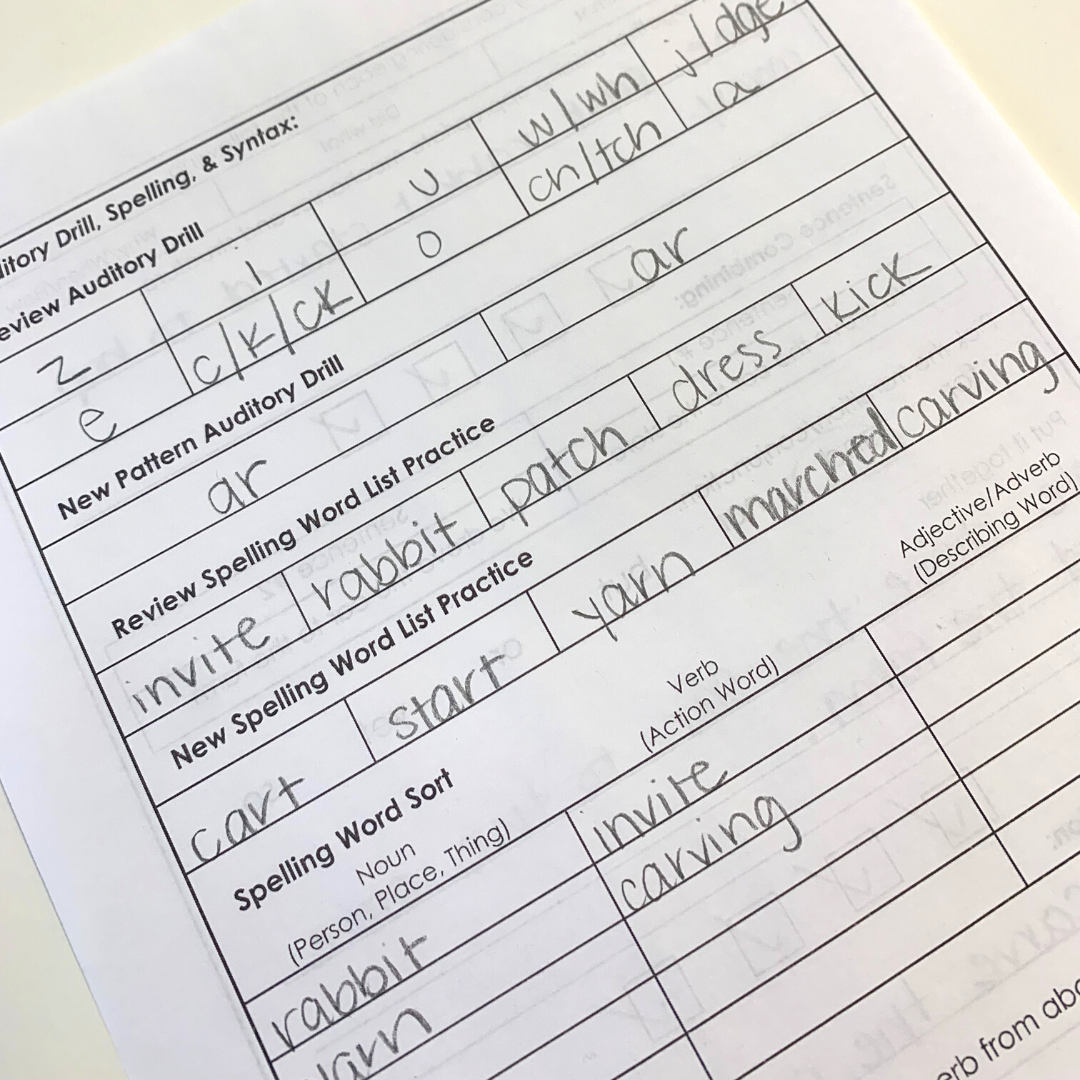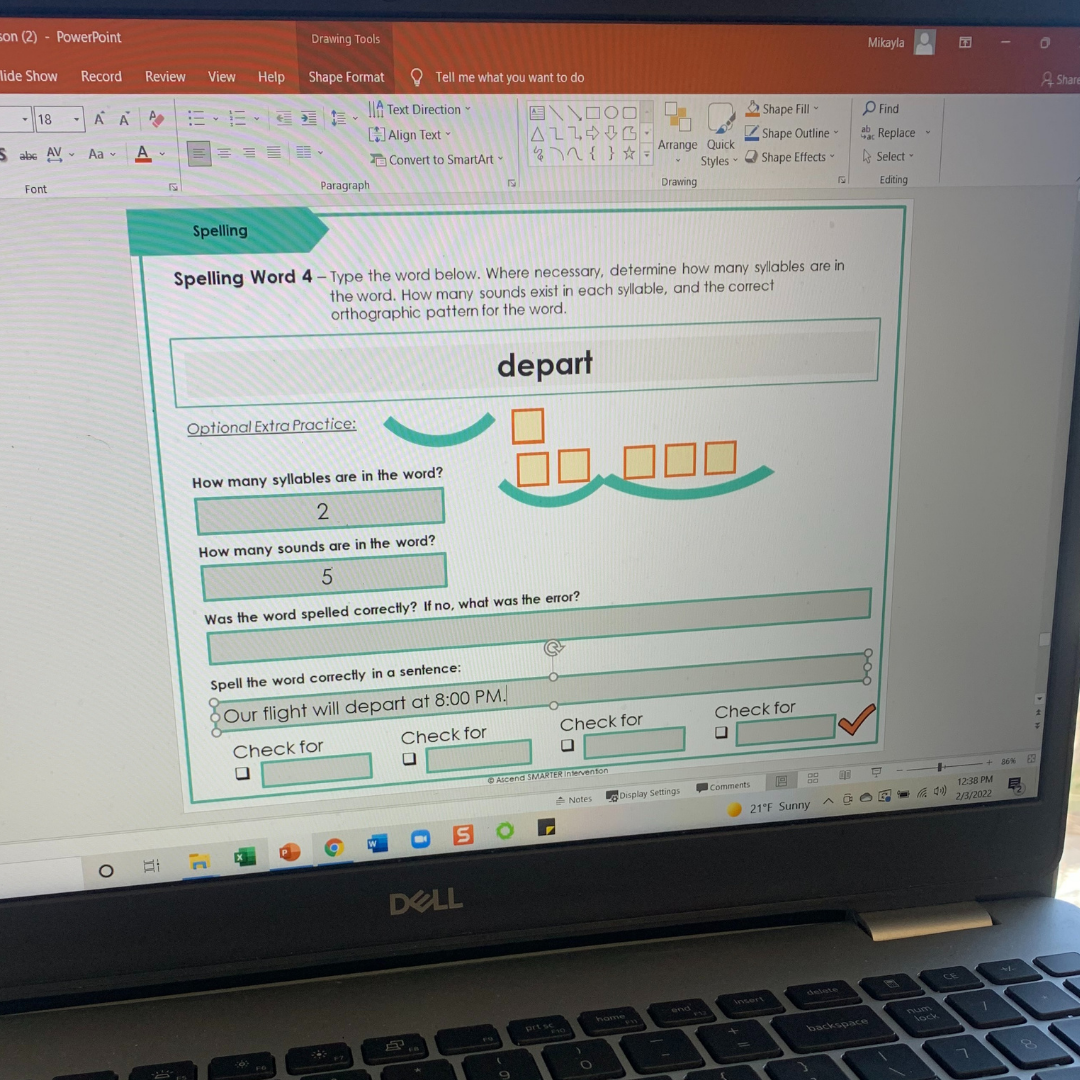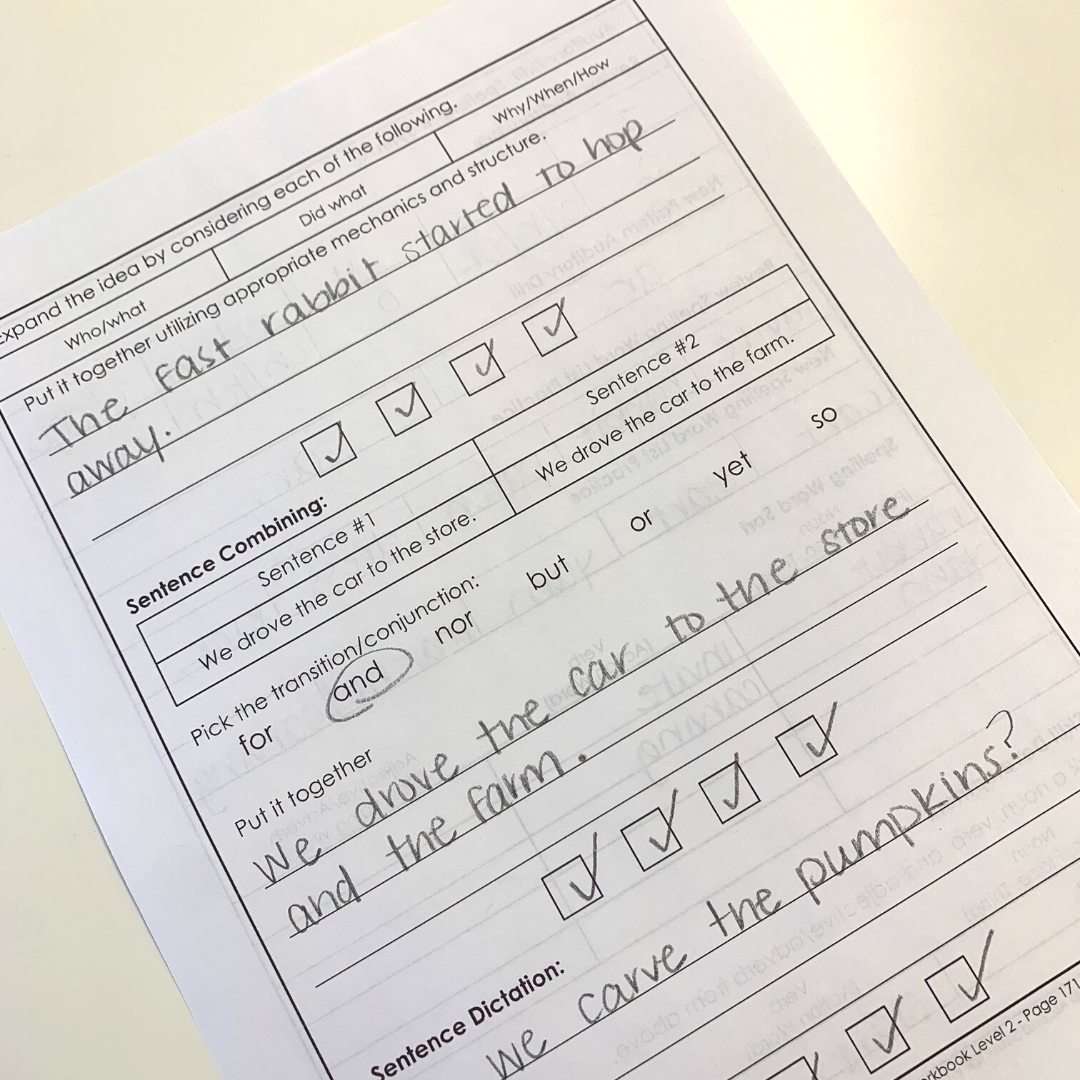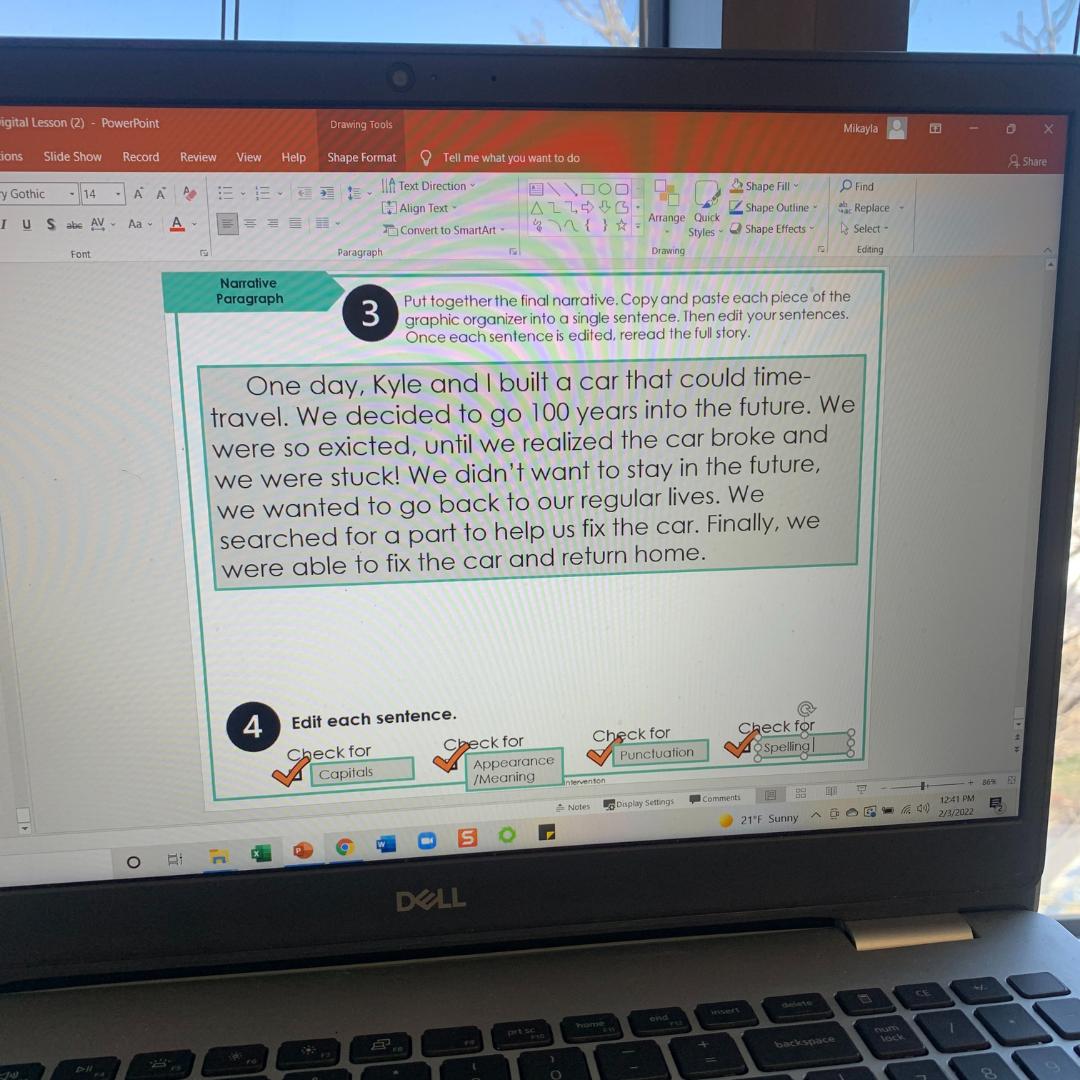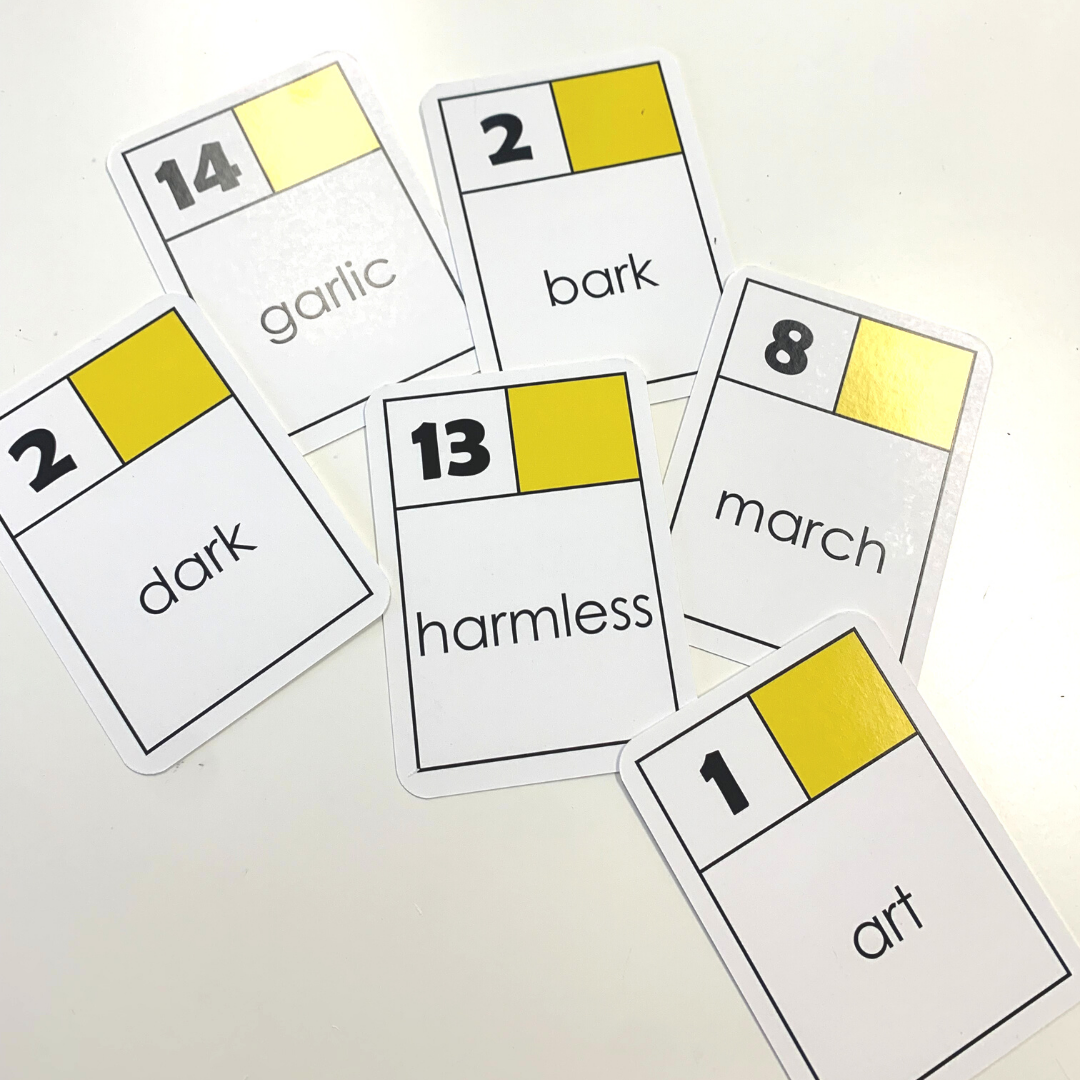How to Use SOR to Support Students with Poor Word Recognition
Hi Friend,
All month long, we are talking about the strategies and our favorite resources that we use to support students who struggle to read for different reasons.
Last week, we talked about the most effective ways to support on-grade-level readers.
This week, we are taking a look at Group B our…
Students who struggle with word recognition (or sounding words out for reading & spelling)
Research tells us that between 70-80% of students who are struggling with reading specifically struggle with word recognition.
For these students to read effectively, it is critical that we teach them how to decode and encode.
To do this, we need to have a structured, systematic approach that explicitly teaches students their phonics patterns (applied to both reading and spelling) and helps them recognize and apply these patterns from the sound, to the word, to the sentence level, and up through the paragraph & passage level.
How should I organize my lessons to best support students with poor word recognition?
When working with students who struggle with word recognition, we always emphasize phonological awareness and phonics skills.
We always start with a phonological awareness drill that targets the key phonogram for the day/lesson. This allows us to target all of our key phonological awareness skills (blending, segmenting, auditory discrimination, etc) and for the prompts to feel cohesive with the rest of the lesson.
In the photos below, you will notice that all of our reading-based and Spelling-based PA prompts include words with the AR phonogram. This allows students to begin hearing and using this sound in words as we jump into the lesson.
We like having the scripts built out ahead of time so that we are sure we target all of the necessary skills and don’t have to waste any time coming up with prompts to fit our lesson.
If you are looking for phonological awareness drills to incorporate into your lessons, you can find our phonogram and morphology drills >>here.<<
These magnetic counter chips & wands have also been great for students to use as manipulatives during this task! Students can use the chips to count the words in a sentence or sounds in a word, and then “swipe” over them while blending them together for reading! We also love them because they make cleaning up all of those little chips (which always inevitably end up all over the floor) easy!
You can grab these magnetic counter chips & a wand >>here.<<
Please note - this link is an affiliate link! If you choose to purchase this product using this link we will receive a small commission. We promise we wouldn’t share it if we didn’t love it and think that you will love it, too!
After we target phonological awareness, we will instruct our new phonogram at the sound level using multisensory strategies to help students really connect the orthographic pattern (visual letters) to the phonological pattern (sounds).
We do this by having them write the pattern out while saying “A, R, says /ar/” three times. Glitter paper (or anything else that is textured) is another great way to pull in multisensory instruction. Instead of writing with a pencil, we just have them trace the pattern with their finger while saying the phrase.
Using a keyword and image can also help solidify the pattern for the child. When they are struggling, visual cues (like the car on this phonogram drill card) or the word itself can help them find the correct answer. You can grab these phonogram drill cards >>here.<<
Generalizing and applying their phonological awareness and phonics knowledge.
Once students have learned this new phonics pattern, it is important that they can then apply their PA skills and phonics knowledge at the word, sentence, and passage levels.
We like to explicitly show students the pattern in words by having them find the key pattern before reading their words. We do this at the single-syllable, multisyllable (where appropriate - this is a great opportunity to apply their syllable segmenting and blending PA knowledge!), sentence, and passage level for students. This way, they can see that the pattern they learn isn’t just a pattern in isolation, but this knowledge transcends all of the reading they will do.
We can’t forget about writing!
After working from the sound, to the word, to the sentence, and then the passage level for reading - we need to repeat the process for writing!
Since reading and writing are reciprocal processes, it is often expected that students’ abilities in both areas should generally match. This is a huge misconception. Students need explicit instruction in writing just as they do in reading.
To help target the writing process, we again complete a phonological awareness drill (that centers around the target phonogram). Then, complete an auditory drill to target phonics at the sound level (this process mirrors the sound drill, but instead of showing students a letter and they produce the sound, you give them the sound and they have to produce the letter/letters that make that sound), practice spelling words (review AND words that target the phonogram), practice applying our spelling (in this example the sentences would all include AR words) at the sentence level, and then write a paragraph or passage that includes words with our target phonogram.
What if my students need even more practice?
Sometimes, students need extra practice! It is always a good idea to review previously instructed concepts with students to check for retention. One of our favorite ways to do this is with games!
Reading & Writing Games
Games are great because we are able to practice skills with students and they don’t feel like they are learning! This makes them great for review AND for engagement for days when reading word lists don’t keep our students’ attention.
We like using games to target both reading AND writing. In the war game (pictured), students must flip their cards and read them. Between them and their opponent, whoever has the bigger number wins. For multisyllable words, this is a great way to practice their syllable division skills.
Games can also target skills like syllable type knowledge, vowel sounds, and sound identification within a word (for example, in Crazy Short Vowels, pictured above, students must match the first, middle, or ending sounds). We can also use game cards to target spelling by pulling a card and having students write it in a tic-tac-toe grid. Then, playing tic-tac-toe will target their decoding skills. This is great for high-frequency words & sight words, too!
You can find all of our literacy games >>here.<<
Stay tuned for next week as we dive into what it looks like to support students who struggle with language comprehension.
In the meantime, check out our Science of Reading Blueprint to continue learning the keys to implementing research-based instruction. Use the button below!


